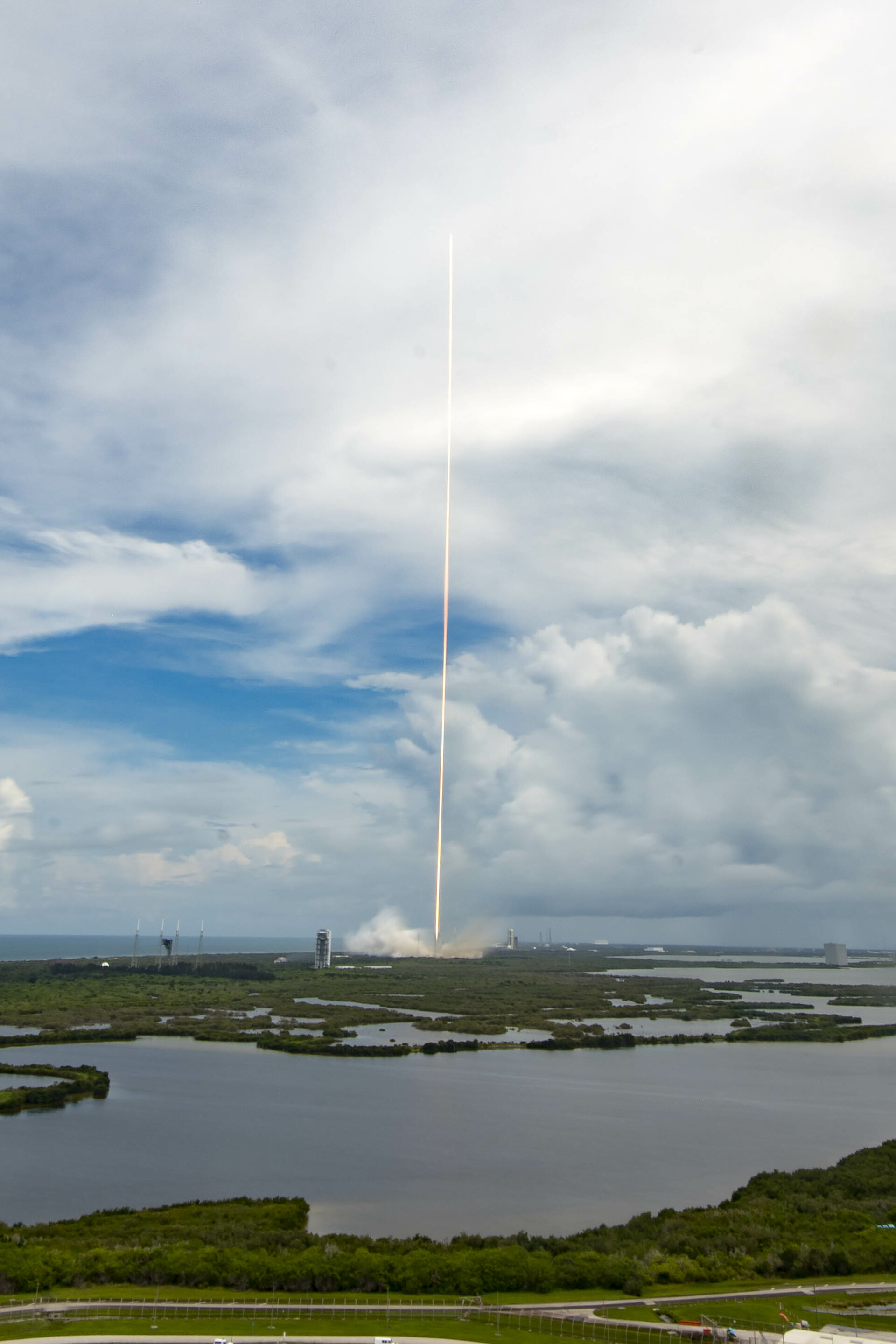Roadmap
PHASE 1 - COMMISSIONING
As soon as ION SCV Dauntless David reaches orbit, our spacecraft operations engineers establish a bidirectional communication channel. We then start the launch and early orbit phase (LEOP), neutralizing the rotation imparted by the launch vehicle during separation, correcting the attitude, testing the satellite’s subsystems, and preparing for the next phases.
PHASE 2 - COMMERCIAL PHASE, ORBITAL TRANSPORTATION
Once concluded the commissioning phase, ION SCV Dauntless David starts the commercial phase of the mission with the deployment of the hosted satellites into a 500km sun-synchronous orbit.
During this phase ION will deploy satellites of the Spanish Elecnor Deimos, the Bulgarian EnduroSat, and the Kuwaiti Orbital Space, which will launch the country’s first radio amateur satellite. Also on board, under contract with ISILAUNCH and integrated into a QuadPack from Dutch satellite manufacturer ISISPACE, are Finnish Reaktor Space Lab, Marshall Intech Technology from UAE, and the Royal Thai Airforce.
As in its previous missions, ION deploys satellites through its innovative deployment strategy, called FAST DISPERSION, which enables an even distribution of the spacecraft along the operational orbit within a fraction of the time allowed by traditional dispersion techniques.
PHASE 3 - HOSTED PAYLOADS PHASE
After the conclusion of the deployment phase, WILD RIDE will proceed with the in-orbit demonstration of LaserCube, an optical communication device from the Italian-based company Stellar Project.
PHASE 4 - ADVANCED SERVICES TESTS
This phase of the mission will be focused on the testing of Nebula, an on-demand, on-orbit cloud computing and data storage service at the core of D-Orbit’s upcoming advanced services. The first iteration of Nebula, which features an intelligent automation SpaceCloud iX5-100 radiation tolerant computing module by specialist Unibap, will demonstrate a range of innovative applications for advanced geospatial Earth Observation (EO) and Space Surveillance and Tracking (SST) applications using sophisticated, Artificial Intelligence/Machine Learning (AI/ML) algorithms for extremely low-latency decision support.
PHASE 4 - SETI EXPERIMENT
The mission will also feature a SETI (Search for Extraterrestrial Intelligence) experiment in collaboration with media artist Daniela de Paulis and INAF (Istituto Nazionale di Astrofisica). The experiment, which investigates the possibility to communicate with other kinds of life in the universe, consists in the transmission of simulated alien messages to be received and decoded by radio telescopes worldwide and potentially, in the future, by the radio-amatorial community at large.
PHASE 5 - DECOMMISSIONING
Finally, ION will enter the decommissioning phase through the testing of ADEO-N2, a small 1U-size deorbit sail subsystem, developed by the German space structures company HPS, that will lead to a faster, residue-free incineration of ION upon re-entry.
Seti Experiment Segment
| Satellite name | ION-mk02 Dauntless David SCV-003 |
| Mission Name | Wild Ride |
| Norad ID | TBC |
| Launch Date | 2021-06-30 (Transporter-2) |
| Launch site | Cape Canaveral |
| Type of mission | Amateur combined with Research / no profit |
| Mission(s) and frequency band(s) | A portion of UHF band is intended to be used for telemetry reception from student with school-developed ground station (telecom course) + Data storage in student-dev database (computer science course) |
| Planned duration of each part of the mission | About six months |
| Requested frequency and function | Downlink: 437.515 MHz |
| Tuning range of transmitter and step increment | Range: 430 / 440 MHz, Step: 1MHz |
| EIRP | 0dBW |
| ITU emission designator | 1K20 G1D |
| Common description of the emission, including modulation type and data rate | Phase modulation with residual carrier, PCM data, SP-L encoded. Data rate: 1.2 kbps, QPSK Modulation |
| Type of antenna, antenna gain and pattern | UHF Monopole antenna. Gain: 2 dBi when mounted on the spacecraft |
| Attitude stabilisation | The satellite uses a combined magnetorquer and reaction wheels stabilization system |
| Service Area | REGION 1 |
| Requested frequency and function | Uplink: 437.515 MHz |
| Tuning range of receiver and step increment | Range: 430 / 440 MHz, step: 1MHz |
| ITU emission designator | 1K20 G1D |
| Common description of the emission including modulation type AND data rate | Phase modulation with residual carrier, PCM data, SP-L encoded. Data rate: 1.2 kbps, QPSK Modulation |
| Noise temperature | 230 K |
| Associated antenna gain and pattern | UHF Monopole antenna. Gain: 2 dBi when mounted on the spacecraft |
| Physical structure. | Antenna Monopole, Mass: 50g, Antenna rod length: 190mm |
| Power budget. | The satellite will be equipped with 2 redundant EPS modules. Each EPS has a battery pack which provide an energy capacity of about 120Wh. These batteries are re-charged by solar panels body mounted |
| Positive space station transmitter control. | Transmission can be turned OFF by a dedicated telecommand. This telecommand is processed by on-board computers. OBC redundant reduces the possible of computer failure and increases reliability. In case of interference, space station transmitter shall be terminated in no more than a few hours |
Other missions
We Need More Space, November 2025

Ride With Me, November 2025

Skytrail, June 2025

Space Bound, June 2025

Wish Upon a Star, March 2025

Endless Sky, January 2025

Ascend, January 2025

Celestial Bliss, August 2024

Beyond, December 2023

Cosmic Wander, November 2023

Above the Sky, June 2023

Guardian, April 2023

Starfield, January 2023

Second Star to the Right, January 2023

Infinite Blue, May 2022

Spacelust, April 2022

Dashing Through The Stars, January 2022

Pulse, January 2021

Origin, September 2020



